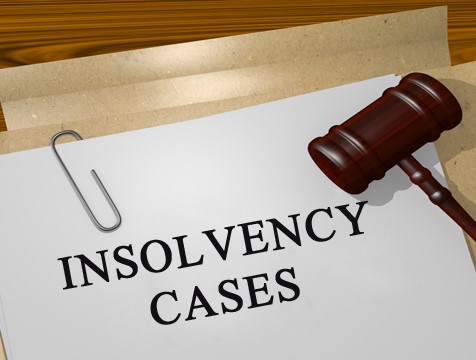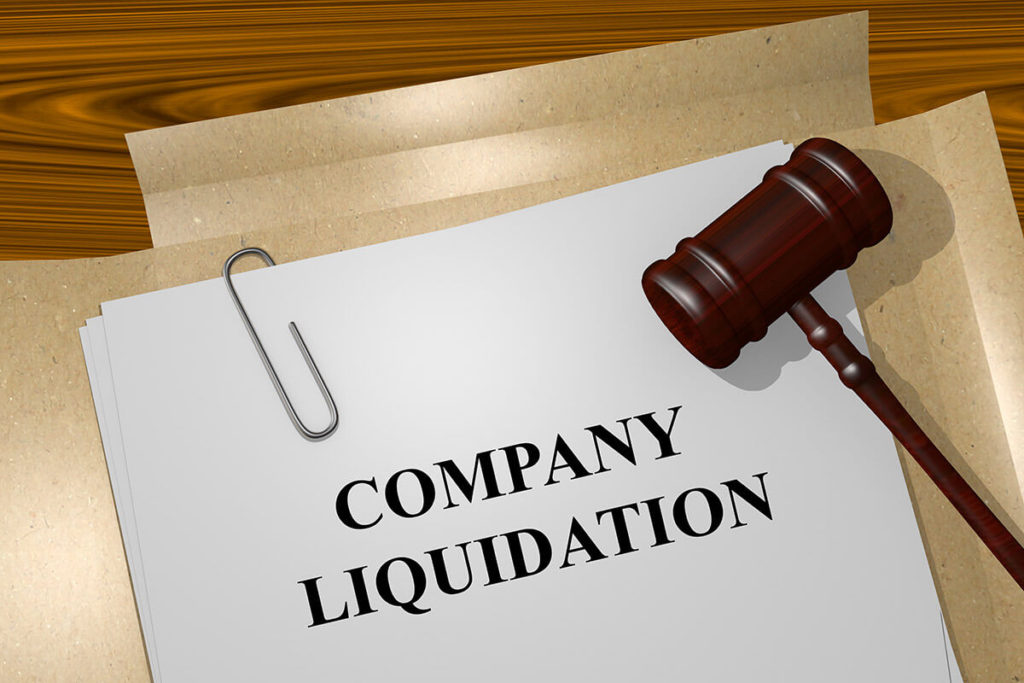Posts Tagged ‘CVL’
Options for a profitable but insolvent company
As reports of company insolvencies come streaming in, it’s important for directors to weigh up business rescue options in advance. Panicking and making rash decisions under pressure could lead to a tragic , but wholly avoidable outcome. It is important to note that liquidation is not the only option available to you. One alternative is…
Read MoreThe looming insolvency crisis
Back in May, we warned that a wave of company failures would hit UK firms in the latter half of 2022. Just three months later, it appears the situation may be even grimmer than predicted. This week, reports revealed that corporate insolvencies were up more than 80% in the past quarter compared to 2021. This…
Read MoreCompany insolvencies rapidly increasing
Government figures reveal a 40% increase in the number of registered companies that entered insolvency procedures during the past year. Newly-released data shows the number of companies entering statutory insolvency procedures has risen 15% compared to pre-pandemic levels in June 2019. Furthermore, the number of companies that were placed into a creditors’ voluntary liquidation (CVL)…
Read MoreDark Side of Liquidation
When a limited company enters liquidation, for whatever reason, revenue from the sale of the company’s assets is redistributed amongst creditors and shareholders in order of priority. The director’s powers cease and an insolvency practitioner (IP) takes over managing the company’s affairs. The director no longer has any control over the company or its…
Read MoreLiquidation advice for creditors in a CVL
In a creditors’ voluntary liquidation (CVL), the liquidator / insolvency practitioner (IP) turns the insolvent company’s assets into cash, and pays their own expenses before distributing revenue to creditors. As in all statutory insolvency procedures, secured creditors receive payment before preferential creditors. Any revenue that remains after preferential creditors have been paid is distributed equally…
Read MoreBusiness rescue advice: administration vs CVL
When directors resolve not to rescue an insolvent company, an insolvency practitioner (IP) may recommend placing the company into administration. However, in many instances a creditors’ voluntary liquidation (CVL) would be a more suitable insolvency procedure. Whereas companies remain in administration for at least 12 months, CVLs usually take less time and therefore incur fewer…
Read More




